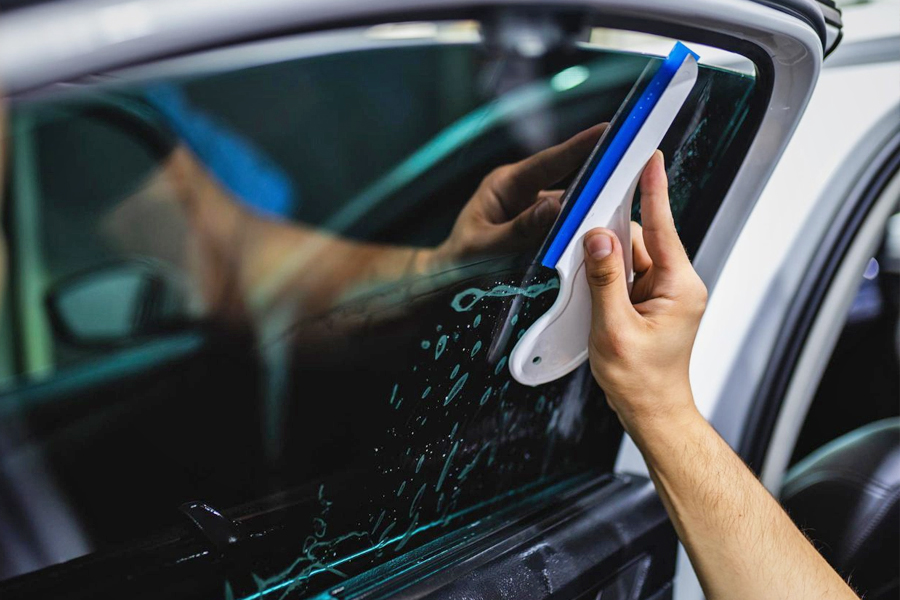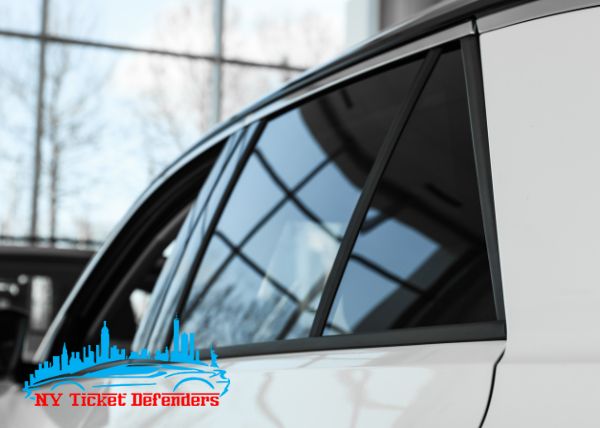Vehicle Window Tinting: A Guide to Picking the Perfect Color
Vehicle Window Tinting: A Guide to Picking the Perfect Color
Blog Article
Window Tinting Rules and Standards: What You Need to Know Prior To Tinting Your Automobile
Before continuing with window tinting for your lorry, it is important to acquaint on your own with the diverse legislations and standards that govern this method across different states. These laws determine the allowable degrees of tint darkness, commonly measured by visible light transmission (VLT) percents, and consist of certain stipulations for front windshields targeted at making sure roadway security. Additionally, specific territories might supply clinical exemptions for people with qualifying problems. Comprehending these complexities can conserve you from prospective lawful ramifications, yet what are the certain rules in your state?
Overview of Window Tinting Rules
Window tinting laws are frequently based on variation throughout different jurisdictions, reflecting regional policies and safety and security factors to consider. These laws determine the acceptable levels of tint darkness and reflectiveness on lorry windows, making sure that motorists keep sufficient exposure while additionally shielding against unsafe UV rays and warm.
Many laws classify home window tinting based upon the Visible Light Transmission (VLT) portion, which shows the quantity of light that can go through the home window. Normally, reduced VLT percentages indicate darker tints. Laws usually set apart in between the front, side, and rear windows, with more stringent constraints applied to the front windscreen to improve security for both the chauffeur and various other road individuals.
In addition, some jurisdictions enforce limitations on the reflectivity of the tint, avoiding too much glare that can hinder exposure. Exceptions to these regulations may exist for individuals with specific medical conditions requiring extra sunlight defense. Compliance with window tinting guidelines is crucial, as violations can result in penalties, necessary removal of the color, and possible increases in insurance costs. As a result, it is essential for lorry proprietors to acquaint themselves with neighborhood laws before waging window tinting installations.
State-by-State Tint Laws
Recognizing the particular home window tinting policies in each state is crucial for car proprietors seeking to adhere to the law. Each state in the united state has established its very own collection of rules governing home window tinting, which can differ considerably. These policies commonly determine the allowable levels of color darkness, the types of home windows that can be tinted, and any kind of medical exceptions that may apply.
As an example, states like California have stringent constraints on color darkness for front home windows, while others, such as New Mexico, may enable darker tints. In addition, certain states mandate particular presence percents for different windows, including the windshield, front side home windows, and back windows. It is essential for cars and truck owners to familiarize themselves with their state's regulations to avoid potential penalties or fines.
Additionally, some states might call for a qualification sticker to be put on colored home windows, suggesting compliance with state laws. Failure to abide by these guidelines not just risks lawful consequences but can additionally impact security and presence while driving. Lorry proprietors must perform complete study or consult neighborhood authorities to make certain full understanding and conformity with state-by-state color guidelines.
Allowed Color Levels and Types
Lots of lorry proprietors may be amazed to learn that permitted tint levels and types differ extensively across various states. Each state has actually established its own laws pertaining to the allowable darkness and reflectivity of home window tint, commonly measured by Visible Light Transmission (VLT) portions. VLT refers to the amount of light that can go through the tinted windows; thus, a reduced portion indicates a darker color.

In addition, the kinds of color products permitted can vary, with some states prohibiting mirror-like or metal finishes. It is necessary for lorry owners to acquaint themselves with their state's specific laws to ensure conformity. Non-compliance can cause fines, mandatory removal of the color, or other lawful effects, making it vital to understand these guidelines before continuing with setup.
Medical Exceptions for Tinting
While not all states give allocations for clinical exceptions relating to home window tinting, those that do identify the requirement for particular people to improve exposure and comfort because of clinical problems. Different medical conditions, such as lupus, skin cancer cells, and specific eye disorders, can provide people specifically sensitive to sunshine. These individuals might need darker tints to secure themselves from unsafe UV rays and glow.

It is essential to keep in mind that even with a medical exception, there might still be constraints on the degree of tint allowed. Compliance with state laws makes certain that people are both protected and within lawful limits. Those considering medical exemptions need to contact their local Department of Electric motor Automobiles or linked here comparable authority to comprehend the procedures and needs needed to make an application for an exception effectively.
Penalties for Non-Compliance
Failing to follow home window tinting regulations can lead to substantial fines, which vary by state. Legislation enforcement companies are equipped to release citations for vehicles that do not stick to the specified tinting laws. These charges generally include penalties, which can vary from moderate quantities to several hundred bucks, relying on the extent of the violation and the state concerned.
In some jurisdictions, duplicated offenses might result in rising fines or additional charges, such as compulsory court looks. Moreover, non-compliance might require the removal of prohibited tinting, frequently at the owner's expense. In extreme instances, regular transgressors might encounter suspension of their vehicle enrollment till conformity is attained.
In addition, insurance coverage implications may develop from obtaining several citations for home window color violations. Insurance firms may watch such infractions as an indication of riskier actions, potentially causing boosted premiums or problem in insurance coverage.
To stay clear of these fines, it is essential for automobile proprietors to acquaint themselves with their neighborhood window tinting regulations and guarantee that their vehicle complies (Window Tinting). This positive approach not just prevents lawful ramifications however likewise this link promotes roadway safety and security
Verdict

Many regulations identify home window tinting based on the Visible Light Transmission (VLT) percent, which suggests the quantity of browse around this web-site light that can pass through the home window. Compliance with home window tinting laws is crucial, as infractions can result in fines, necessary elimination of the tint, and prospective increases in insurance coverage premiums.Recognizing the particular window tinting laws in each state is crucial for lorry owners looking for to conform with the law. These regulations usually dictate the permitted degrees of tint darkness, the kinds of home windows that can be tinted, and any clinical exceptions that may use.
For instance, states like The golden state have rigid constraints on color darkness for front home windows, while others, such as New Mexico, might enable darker tints.
Report this page